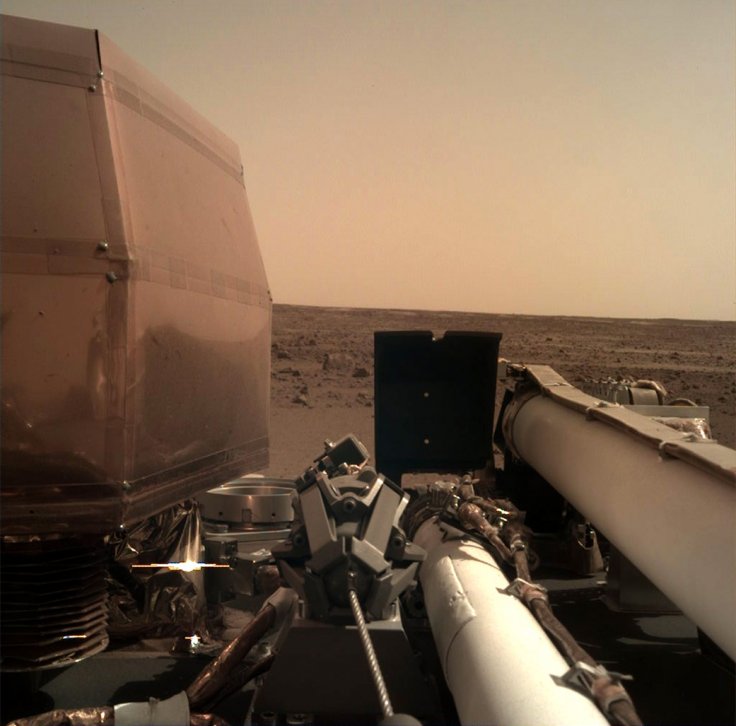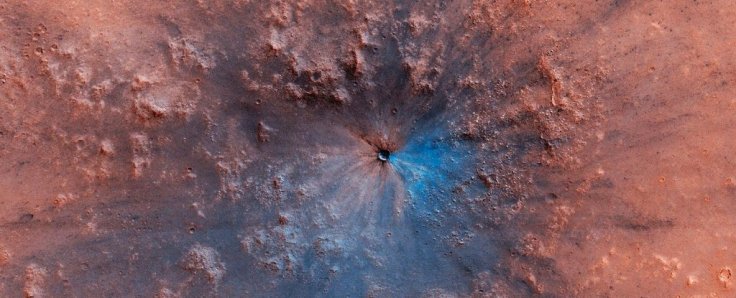NASA has confirmed that Mars is a seismically active planet. The space agency was able to make the confirmation through the observations made by the InSight Lander on the Red Planet. NASA launched InSight in November 2018. Since then, the lander has been collecting valuable data regarding the conditions on Mars's surface and interior.
Recording Tremors On Mars

Recently, scientists working with NASA completed various studies using the information collected by InSight. According to their studies, which were published in the journals Nature Geoscience and Nature Communications, the lander was able to detect a total of 174 seismic events on Mars. About 20 of these tremors reached magnitude three and four. According to NASA's Bruce Banderdt, the principal investigator for InSight, the data collected by the lander confirms the presence of tremors on Mars.
"We've finally, for the first time, established that Mars is a seismically active planet," he said during a press event, according to Space.com. "In fact, it's probably close to the kind of seismic activity you would expect to find away from the [tectonic] plate boundaries on Earth and away from highly deformed areas."

Strength Of Marsquakes
According to the scientists, the rate of seismic activity on Mars falls somewhere in between that of the Moon and of Earth. Also, since tremors on Mars or Marsquakes occur at a much deeper layer beneath the surface than on Earth, they appear to be slightly weaker.
For instance, if a magnitude 4 Marsquake occurs on the Red Planet, it won't feel as strong if it happened on Earth. Even if a person was standing directly over the epicentre of the Marsquake, its effects wouldn't be that noticeable.
Implication Of New Discovery
For NASA's scientists, this discovery proves that tremors or Marsquakes naturally occur on Mars. It is also a significant discovery for NASA since it is the first mission outside Earth that studied the geophysical features of a planet.
"This is the first mission focused on taking direct geophysical measurements of any planet besides Earth, and it's given us our first real understanding of Mars' interior structure and geological processes," Nicolas Schmerr, the co-author of one of the studies said in a statement.
Read more









